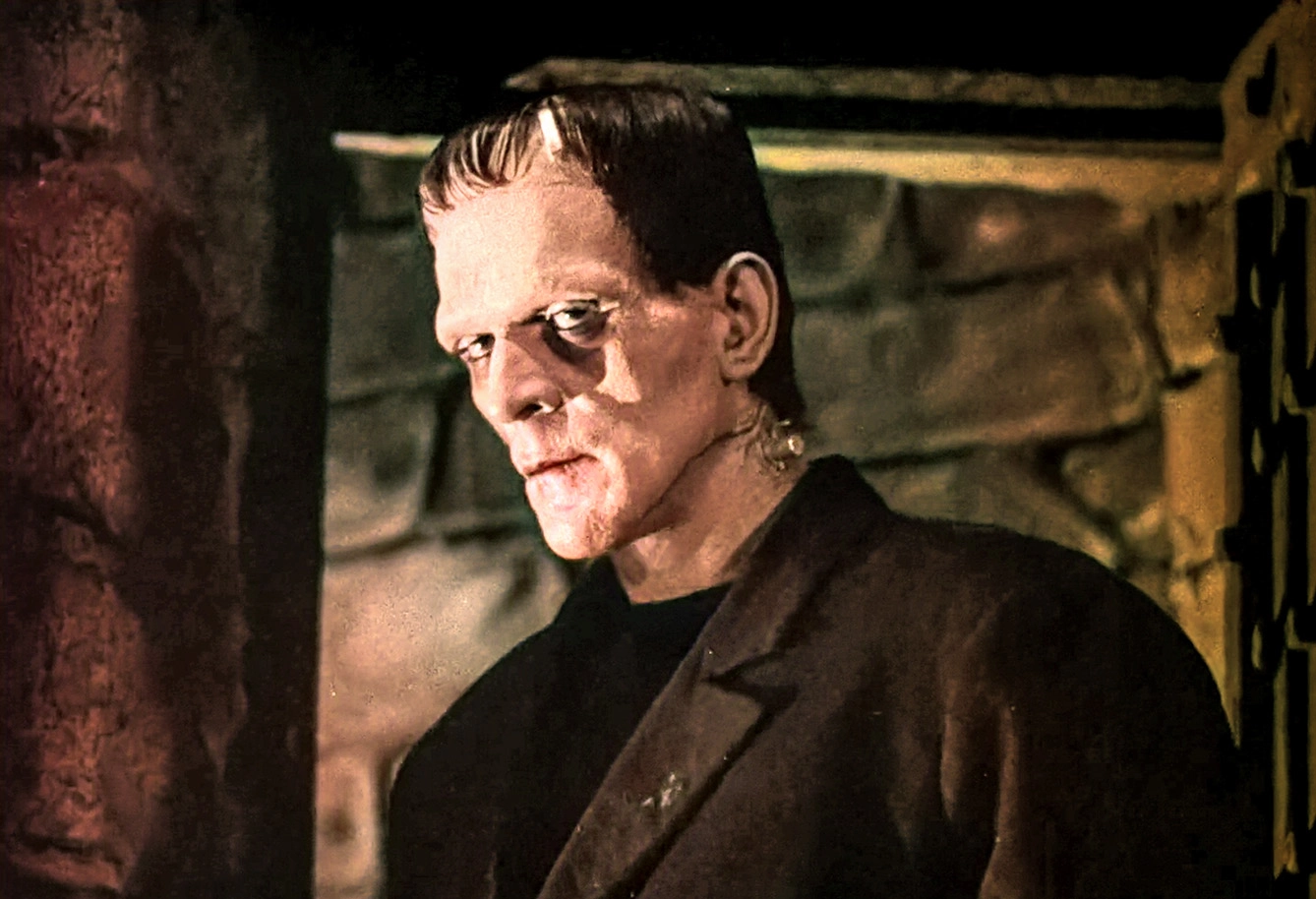Central Europe is a hotbed of ghosts and supernatural creatures of all kinds. That’s an obvious fact, and regarding pop-cultural mythology, perhaps only the Middle East can match it in terms of hauntology (well, perhaps Outer Space is a close third). Is it surprising that Frankenstein’s monster is one of them?
Dracula and his sidekick Frankenstein
Take the animated “Hotel Transylvania” franchise: a bunch of supernatural creatures, led by – who else – Count Dracula, with his trusted sidekicks Frankenstein, aka ‘Frankie,’ an Egyptian mummy, a werewolf, the Invisible Man, and a blob named Blobby.
But the roads of these mystical creatures are entangled. As we know, Count Dracula is a spooky Central European folk tradition, but coined in modern times by two English authors: first by John William Polidori, followed by Bram Stoker a century later.
Polidori’s piece – a poem called The Vampyre – was a result of the specific contest. A bunch of writers, led by celebrity poet Lord Byron, got trapped in a Swiss villa by an unexpectedly rainy summer (a result of a massive volcano eruption on the other side of the globe.) To amuse themselves, they famously organized a literary contest that resulted in three famous pieces. (*Social isolation apparently made people creative even back then.)
Surprisingly, Byron’s “The Darkness” is the least known of them all, with his lover Polidori’s rated #2 (while not the most famous vampire story, he did introduce the creature to the world’s literature anyway).
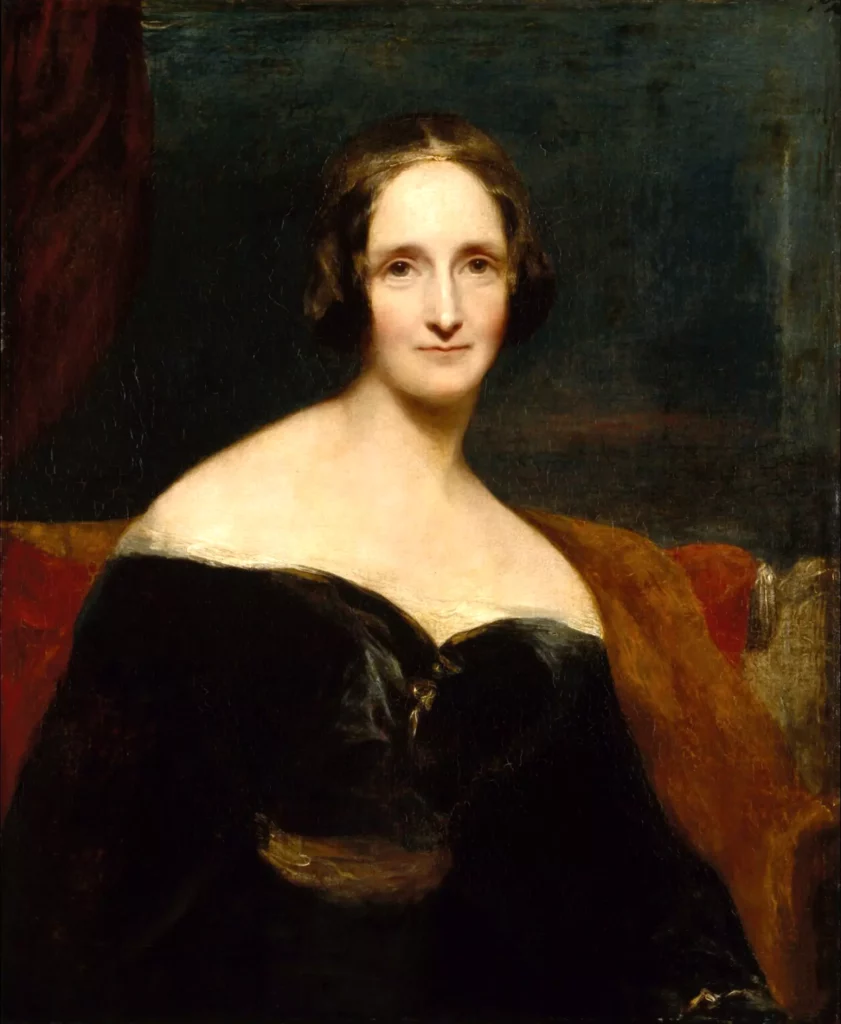
Mary Shelley’s Frankenstein
The most famous of them all is, by far, Mary Shelley’s “Frankenstein”, a modern novel about a scientist claiming God’s power to create a man. The year was 1816 (*though the official edition of the book is 1818). Mary Shelley – until then known perhaps only as the poet Percy Shelley’s lover and later wife – was nineteen. Julius Verne, often cited as the inventor of modern sci-fi, wasn’t born yet, so Shelley’s work should rightfully hold the title of the first contemporary sci-fi novel ever created.
Contrary to popular belief, Frankenstein isn’t the monster’s name. He doesn’t even have a name in the original novel and is only known as Frankenstein’s (his creator’s) monster. Shelley was inspired by Galvanism, the research on the link between chemistry and electricity. One of the famous experiments by scholars in Galvanism was running an electric current through human corpses to induce movement. Hence the idea: electric power strong enough may bring a dead man to life!
Thought experiments are what science fiction is for, but Shelley’s novel, beloved by feminists, is about a man playing God and, to those means, claiming (women’s) ability to create human life. But what about the protagonist’s name? It’s no coincidence, nor is the handy writer’s tool name generator.
Ząbkowice Śląskie, aka Frankeinstein
And this is where Ząbkowice Śląskie takes the stage. This town of 15,000 inhabitants in the southernmost part of modern-day Poland bears this name only after the 1945 border move. Before that, this medieval town was known under its German name, Frankenstein, along with its Czech one-to-one copy Frankenštejn. The name literally means something like the Rock of the Franks (after one of the German ethnic groups.)
Frankenstein’s (or Ząbkowice Śląskie’s) citizens would be fools not to take advantage of the coincidence. The legend has it that Mary Shelley was influenced by a 17th-century event in the city when eight local gravediggers were accused of causing the plague by illegal exhumations and selling human corpses for magical-slash-scientific experiments.
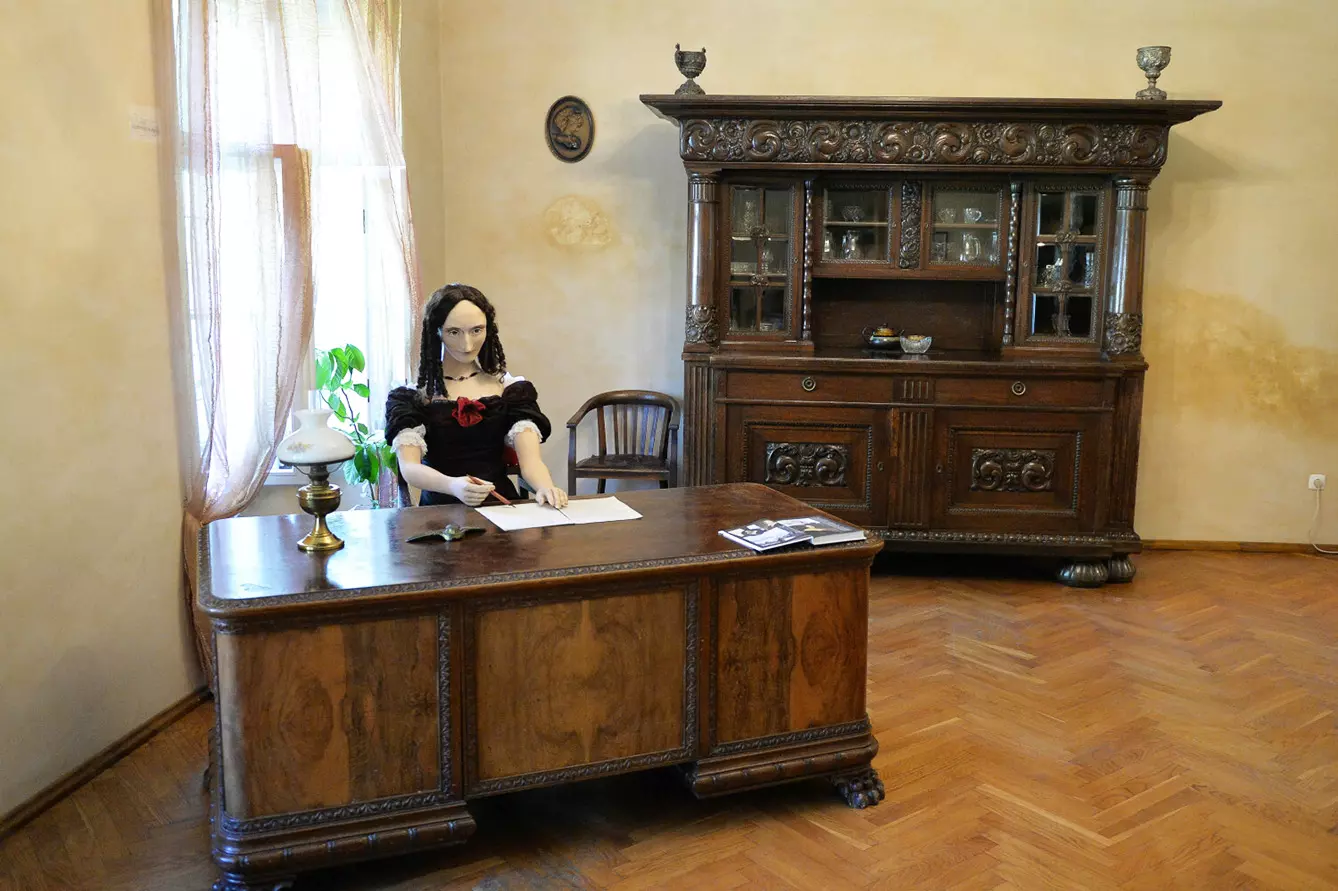
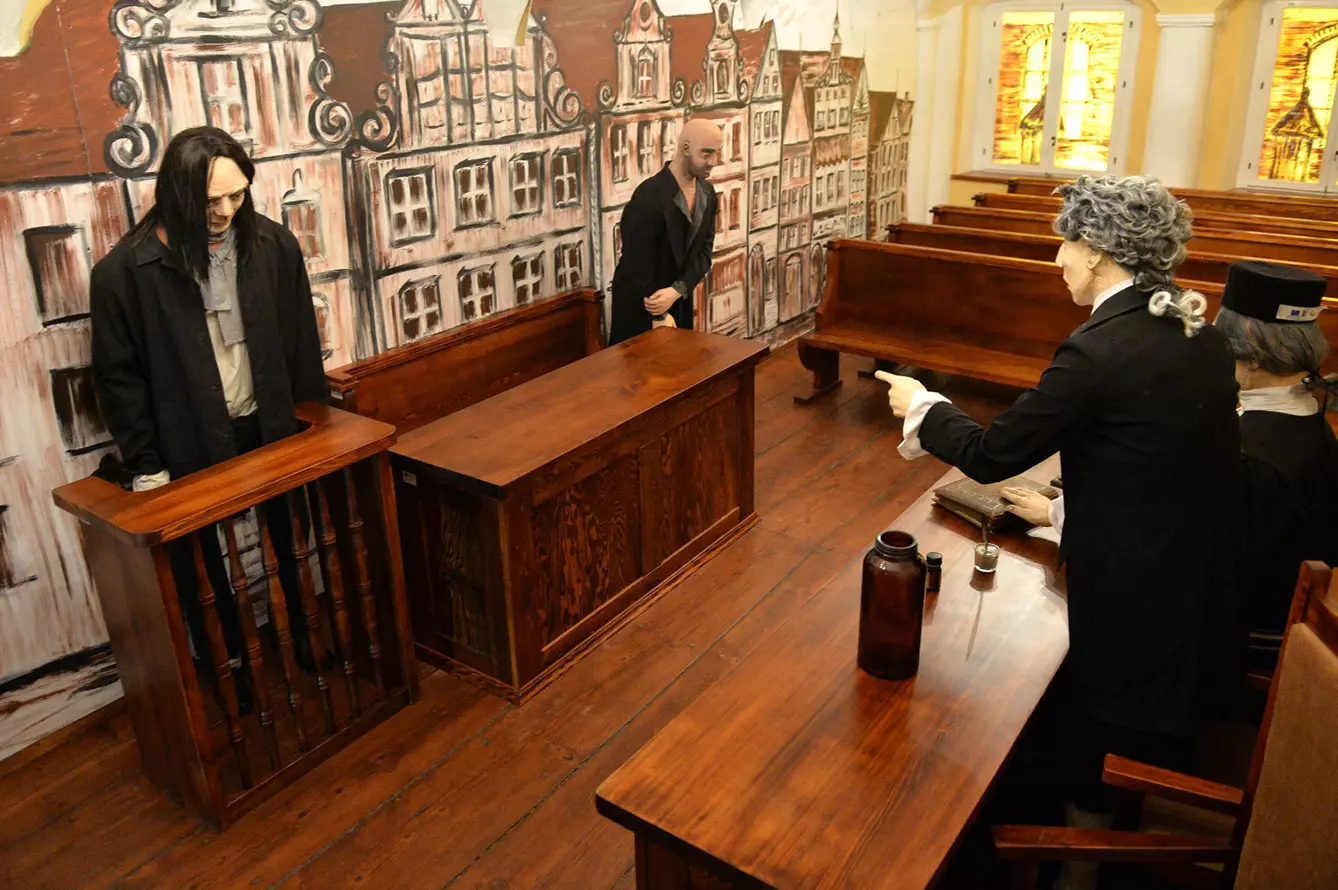
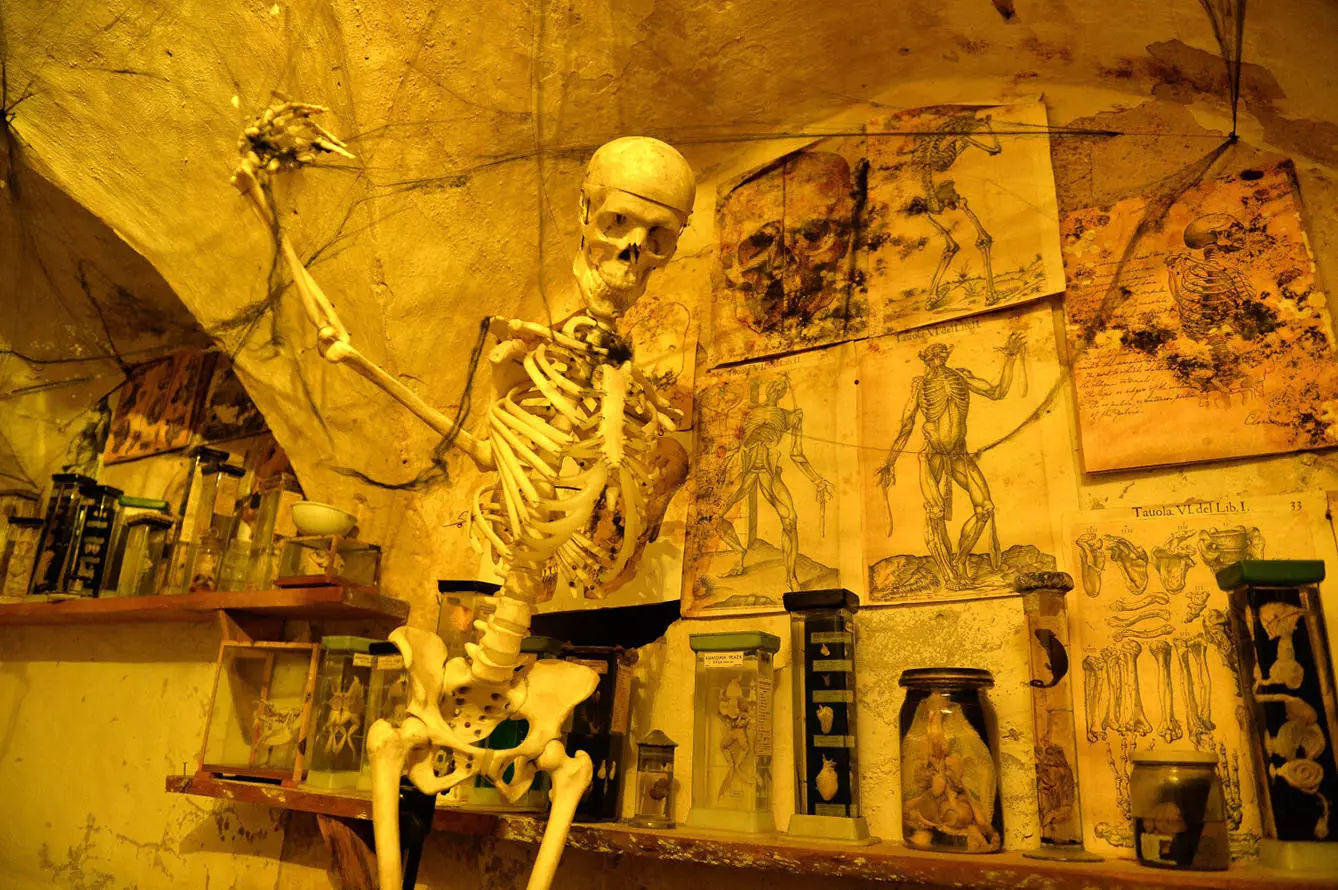
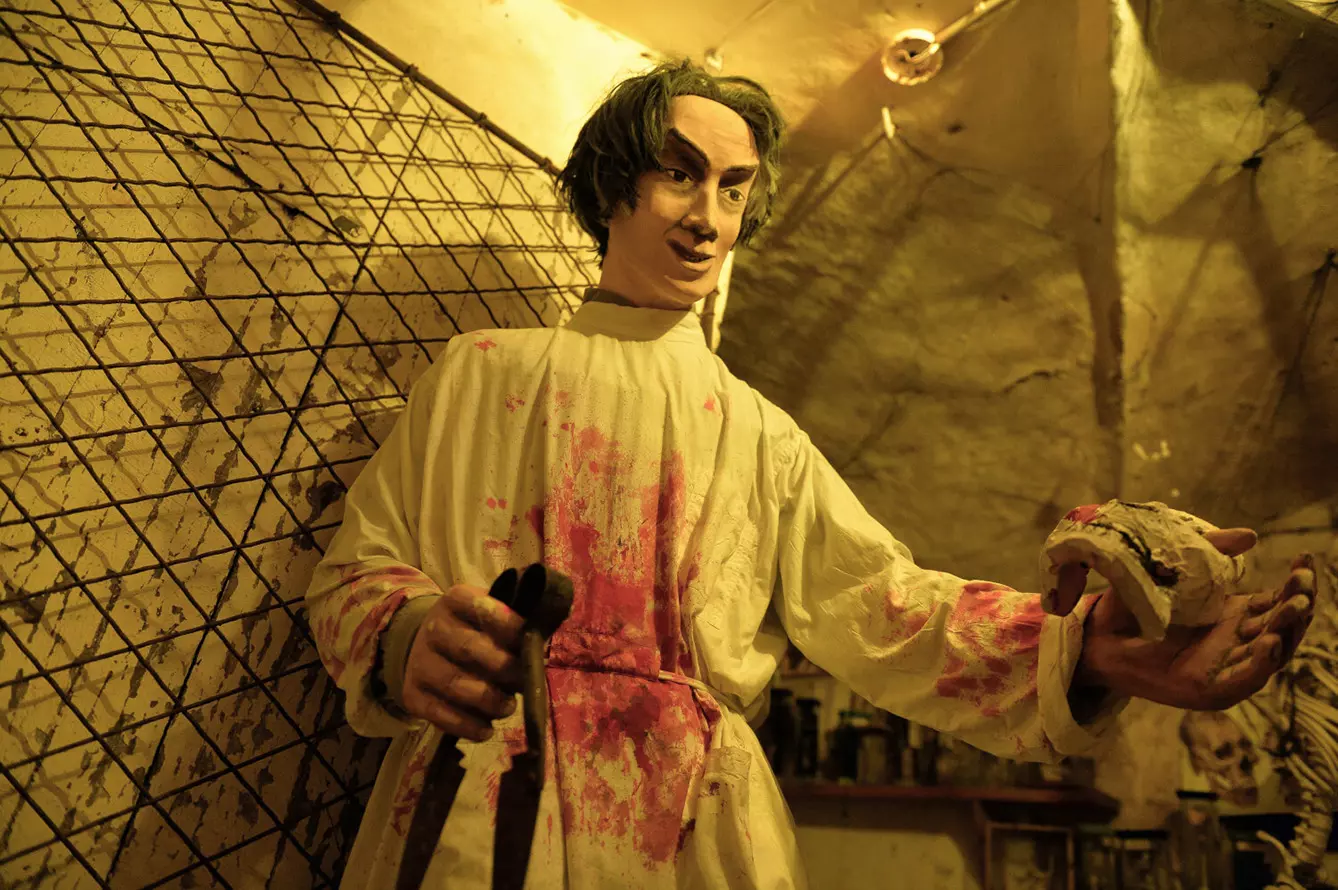
The court case was built medieval-style, and soon all the delinquents were either tortured to death or burned at the stake. The only attenuating circumstances – that their deaths didn’t stop the plague – came obviously too late.
Ząbkowice Śląskie’s celebrations
Ząbkowice Śląskie celebrates their former name’s relation to the narrative’s protagonist. There is even an organized Frankenstein Laboratory – a modest tourist attraction telling a story of medieval tortures, plagues, mad scientists, and monsters. Though it sounds scary, it’s relatively child-friendly. When visiting Ząbkowice Śląskie, make sure to see the landmark of the city: the crooked tower – or Krzywa Wieża, a remnant of the medieval city fortifications.
And what about Frankenstein’s actual origin? Unfortunately for Ząbkowice Śląskie, there is another Frankenstein near German Darmstadt, where the famous alchemist was said to have been conducting experiments. Mary Shelley passed the castle on her travels through the continent, and it’s fairly certain that this other Frankenstein, not Ząbkowice Śląskie, inspired her story.
Nonetheless, Ząbkowice Śląskie seems not to be bothered by its role and organizes a blowout Halloween party each year. And in that spirit, Frankenstein’s Laboratory fits the narrative nicely.


